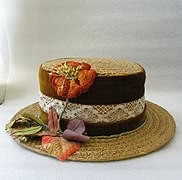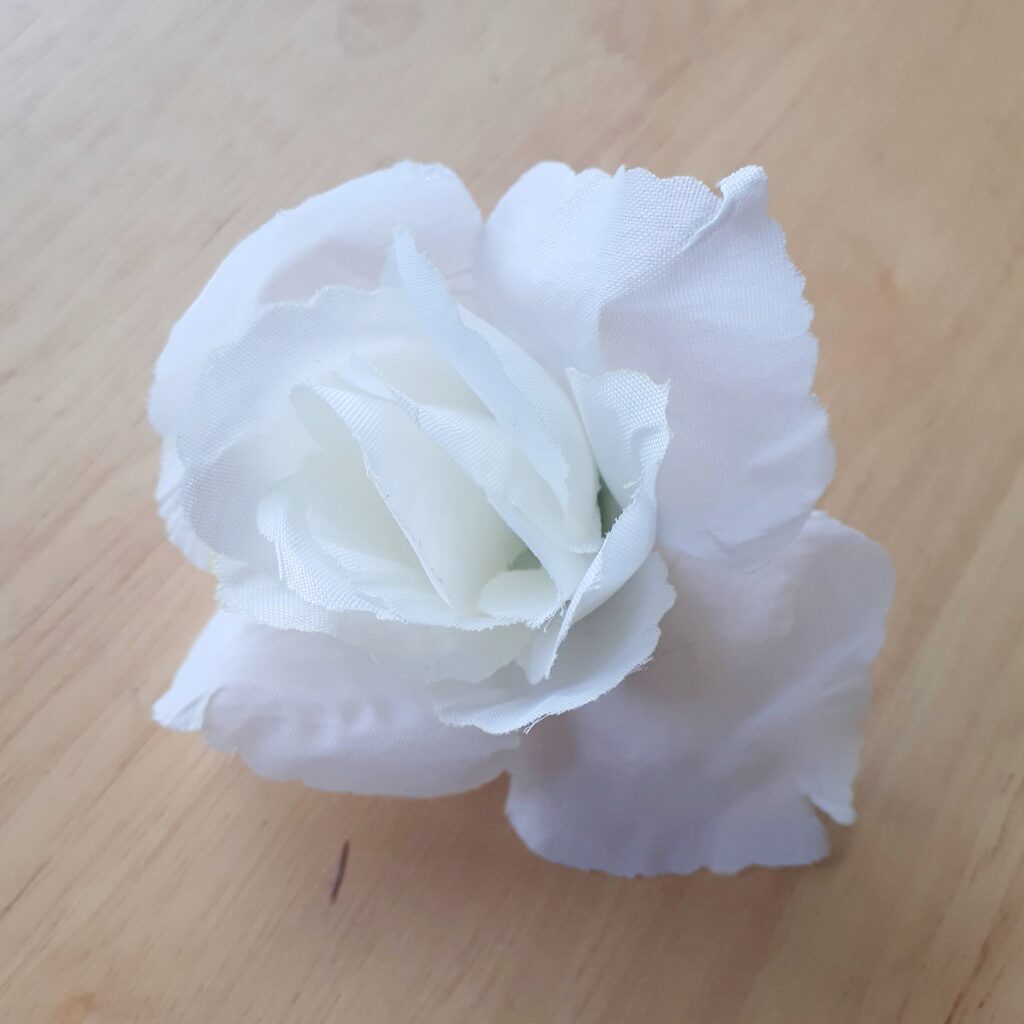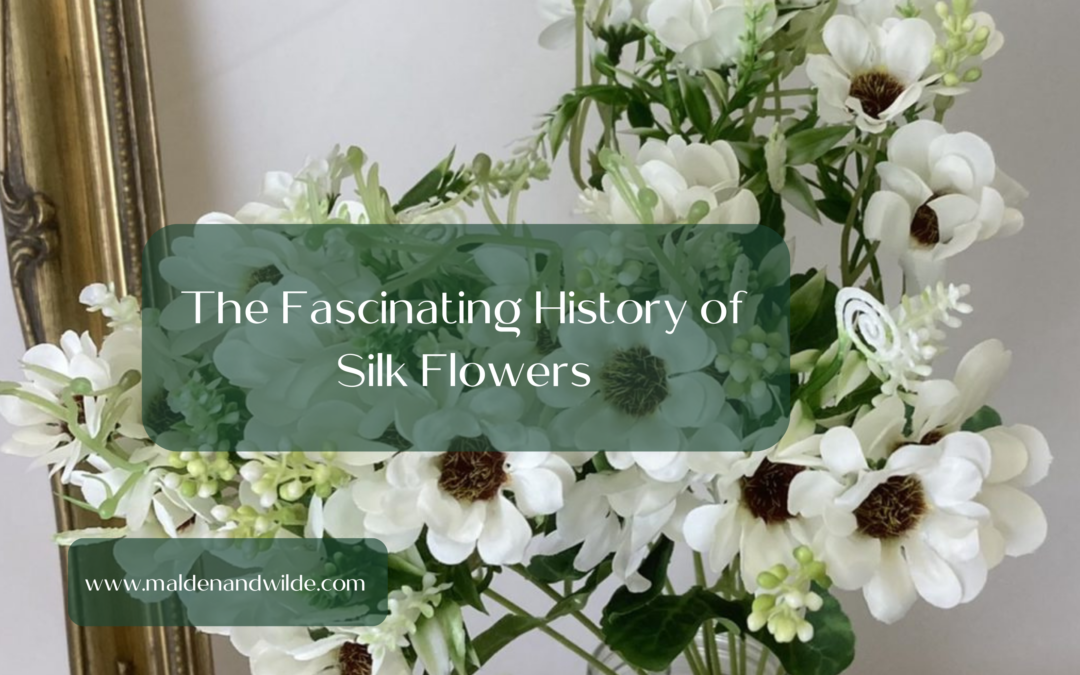I’ve been looking into the fascinating history of silk flowers. And this blog will take you through what I’ve learned
Where it all began
Silk flowers have been made in China for thousands of years and, indeed, today the Guandong Province is the largest producer of artificial flowers in the world.
However, silk flowers were also made in Europe and the UK as early as the 12th century. Italian merchants used silk worm cocoons in a process that I recall attempting as a child. The cocoons are first boiled to kill the worm inside, and then the silk thread is very carefully unravelled onto a spool for weaving into delicate cloth. (I wasn’t very successful and gave up early)
By the 15th century, French crafters were regarded as being the market leaders: they used better quality silk and thus created more realistic flowers.
In 1727, Paris had 30 ateliers providing elaborate artificial flower and plume arrangements for the grand couture houses – as well as individual clients seeking decorations for dinner parties. Maison Légeron, France’s last remaining independent artificial flower maker, continues to turn out delicate silk flower creations for couture houses and the Paris Opéra.
During the Victorian era, silk flowers and lavish floral arrangements of both fresh and faux flowers were extremely popular. Hats and bonnets for women and girls in all levels of society were decorated with artificial flowers. The more expensive the hat, the fancier and luxurious were the flowers used for decoration. Most of the flowers were made of silk, but other materials were also used, such as velvet, muslin, satin, crepe, cambric and gauze.

So, who were the crafters?
Men were involved early in the process. Highly skilled workers would use heavy tools and machinery. The delicate work of creating the blooms was done by women and children. Child labour was commonplace, and girls as young as eight would be expected to work between 12 and 18 hours a day. In mid 18th Century, there were over 4000 flower makers in London, many from very poor families.
In 1866, John Alfred Groom founded the Crippleage Flower Girls Christian Mission, for blind and crippled girls. The Mission started giving the girls practical help and eventually became a thriving floristry factory. ‘The Mission’s products became increasingly sophisticated and included exotic blooms for events such as exhibitions and banquets’. After the First World War, the girls made some of the first Royal British Legion’s poppies. (source: https://www.childrenshomes.org.uk/ClerkenwellGroom/)
Today, silk flowers are gaining in popularity in all aspects of life.
From memorial flowers to wedding bouquets and home décor, ‘silk’ has become the standard phrase to describe faux flowers, although the majority are made from polyester and cotton blend fabric. The higher the quality of the design and material, the more expensive the flowers are.
Careful examination of petals will reveal the differences in quality. Look for shape of the petals, the depth and realism of the colour, and the realism of the bloom itself. Leaves and stems should also be of the same standard. It is always worth paying a little more for a product that looks exquisite and will retain its colour and shape for many years.


I’m sure you don’t need to be told which I choose for my creations!
By the way
Have you signed up for my VIP mailing list? Not spammy – promise! I send out newsletters once or twice a month with tips and hacks for your home decor that I have discovered and that may interest you. Plus, every now and then, I’ll offer a special exclusive discount to my VIPs – not something I do for anyone else! Click the button below and join us. You’ll be most welcome.



Recent Comments